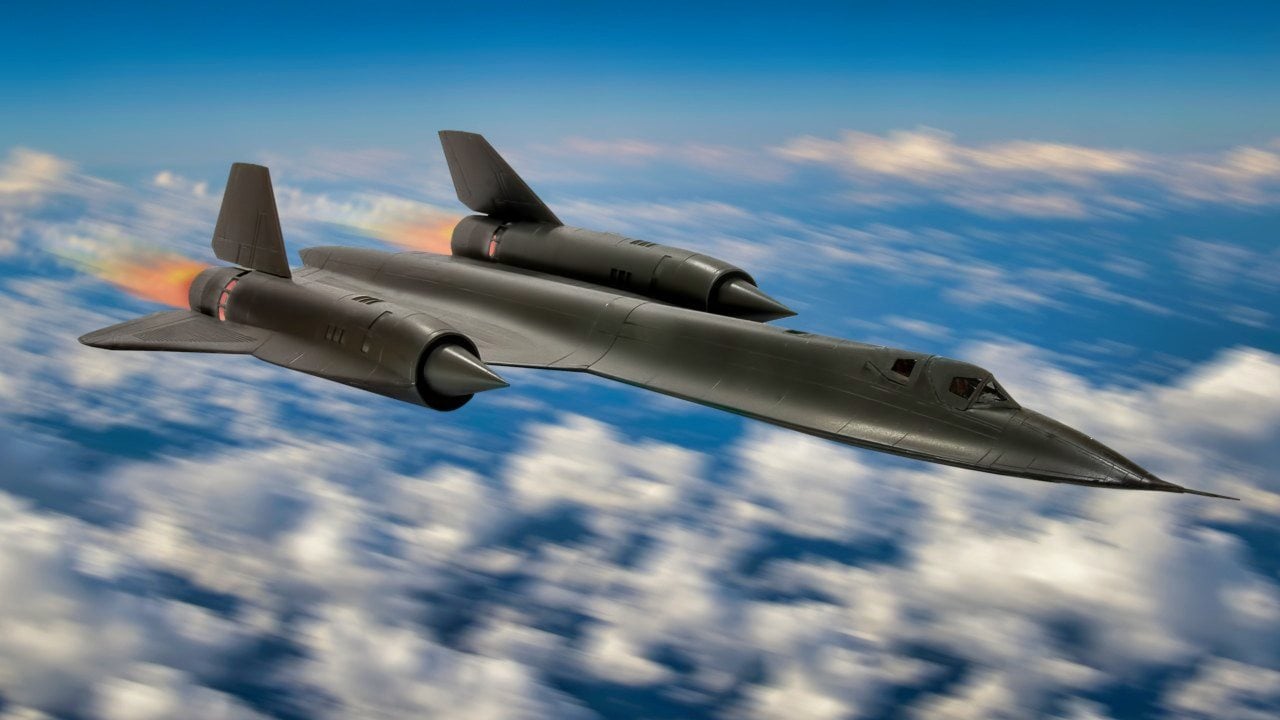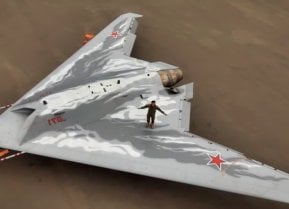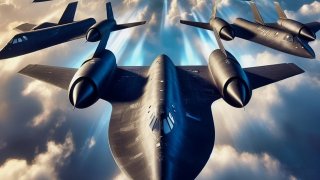'She Hit Mach 3.56': The SR-71 Blackbird's Last Flight Made History
In spite of those still unsurpassed records, the U.S. Air Force and NASA eventually retired the legendary SR-71 Blackbird. The SR-71’s final official flight took place on Oct. 9, 1999.
Obviously, the SR-71 needs no introduction to anybody versed in military aviation history.
The SR-71 still holds the record as the world’s fastest-ever air-breathing aircraft, 20-plus years after her retirement.
Making her maiden flight on Jan. 22, 1964, and entering service in January 1966, she was one of a long line of amazing warbirds churned out by Lockheed’s Skunk Works and their genius aeronautical engineer and designer, Clarence Leonard “Kelly” Johnson.
Just how fast was she?
As far as level flight speed record is concerned, we are talking 2,193.167 mph — Mach 2.858 — attained in July 1976, along with an absolute altitude record of 85,068.997 feet.
Then there was her dive speed record. As recounted by Jim Goodall in his 2018 book Lockheed SR-71 Blackbird: The Illustrated History of America’s Legendary Mach 3 Spy Plane, test pilot Jim Eastham managed to push an SR-71 to Mach 3.56, or just under 2,400 mph, for approximately 15 seconds while in a dive.
That SR-71 Final Flight…and Where Is She Now?
In spite of those still unsurpassed records, the U.S. Air Force and NASA eventually retired the legendary Blackbird. The SR-71’s final official flight took place on Oct. 9, 1999.
Dario Leone, Founder and Editor of The Aviation Geek Club, describes the final mission in his July 2019 article:
“This flight took place at the Edwards AFB Open House Airshow…30 minutes after the take off the SR-71 had climbed to 80,100ft and was traveling at a speed of Mach 3.2 (which equates to 2,430 mph!)…In order for the crowd to spot her, she dumped a trail of fuel in anticipation for the sonic boom…The Habu then descended over Edwards for three flypasts before landing for the very last time in her history.”

“Habu” — a pit viper indigenous to Japan — is the affectionate unofficial nickname bestowed upon the Blackbird by its crews, in the same vein as “Viper” for the F-16 Fighting Falcon, “Bone” for the B-1B Lancer, and “Warthog” for the A-10 Thunderbolt II.

The airframe that took the Blackbird’s final flight, AF Serial No. 61-7980 (NASA 844), is now on display inside the main gate at NASA Dryden Flight Research Center at Edwards AFB, Calif.
About the Author
Christian D. Orr is a former Air Force Security Forces officer, Federal law enforcement officer, and private military contractor (with assignments worked in Iraq, the United Arab Emirates, Kosovo, Japan, Germany, and the Pentagon). Chris holds a B.A. in International Relations from the University of Southern California (USC) and an M.A. in Intelligence Studies (concentration in Terrorism Studies) from American Military University (AMU). He has also been published in The Daily Torch and The Journal of Intelligence and Cyber Security. Last but not least, he is a Companion of the Order of the Naval Order of the United States (NOUS).


